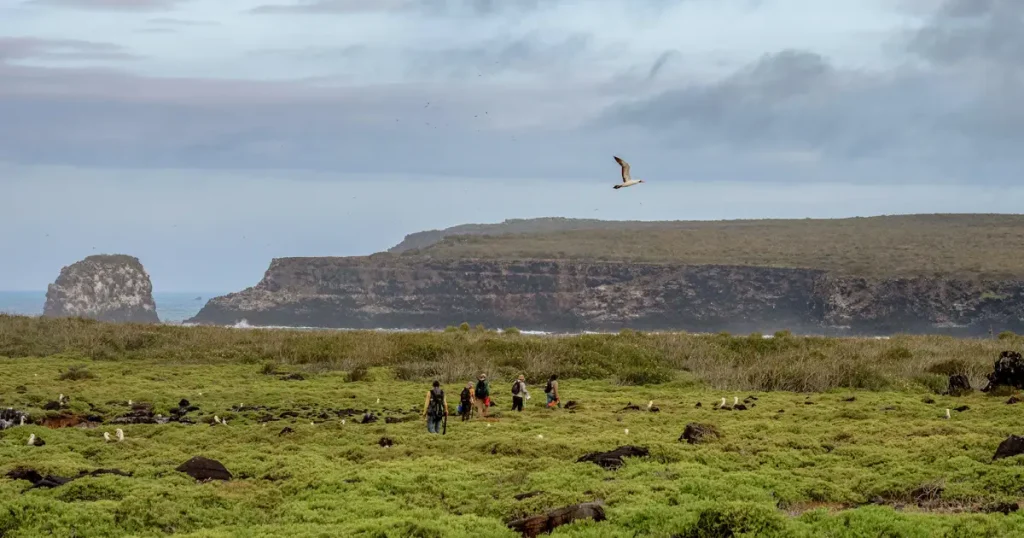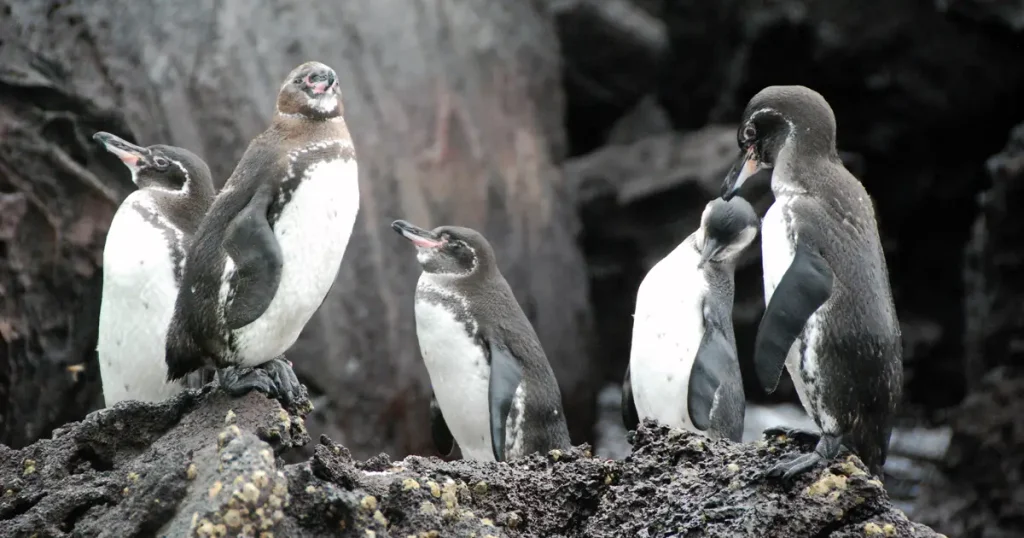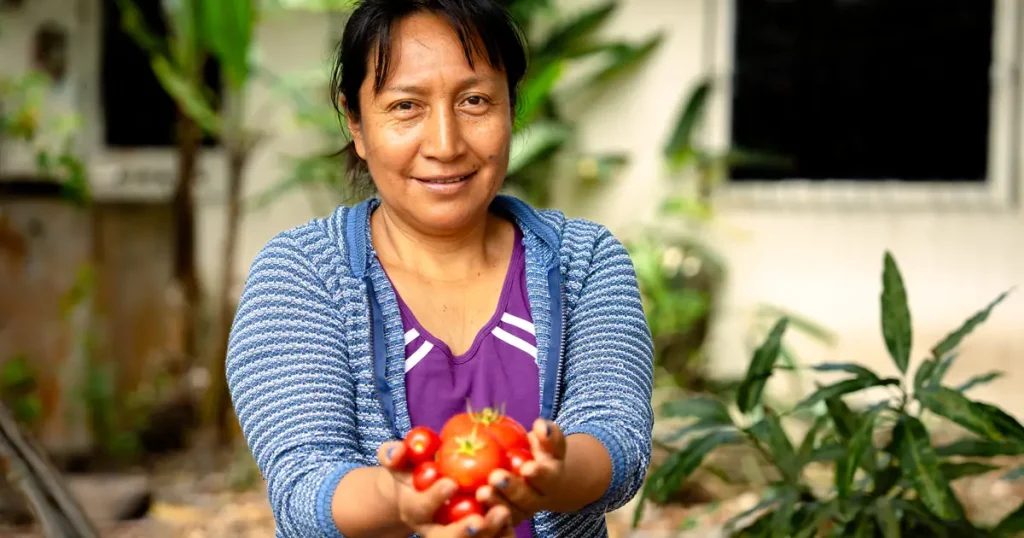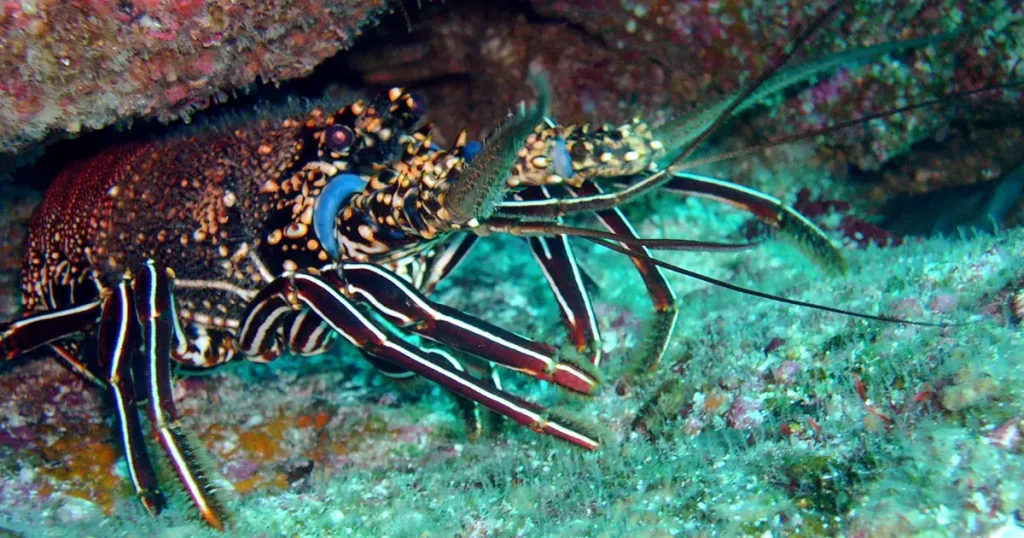The Other Galápagos Story: 190 Years After Darwin
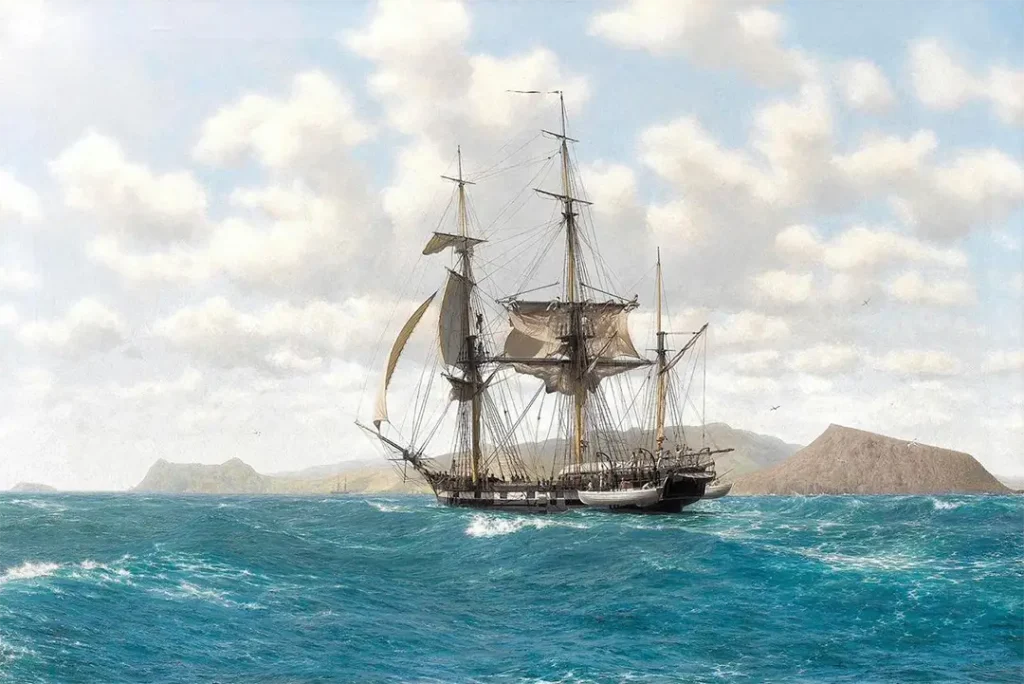
When Charles Darwin visited the Galápagos Islands in 1835, he was captivated by their unique nature. But there’s another story that also deserves to be told: the human story of the archipelago. Today, 190 years later, that story continues to evolve—and the local community is writing a new chapter of conservation and hope.
What Darwin Missed
On September 15, 1835, a young Charles Darwin, traveling aboard the Beagle, stepped ashore in the Galápagos Islands. For several weeks, he explored volcanic landscapes, collected plant and animal specimens, and took detailed notes on the striking differences between species on different islands. His observations would later help shape a revolutionary way of understanding life.
But while he walked the volcanic slopes and rugged coastlines, taking notes on finches, iguanas, and tortoises, another story was quietly unfolding: the human story of Galápagos.
Just three years earlier, in 1832, the young Ecuadorian state had officially claimed the archipelago. On Floreana Island—then called Santa María—an early attempt to establish a penal colony was led by General José de Villamil. Soldiers, prisoners, freed slaves, and settlers arrived, seeking to build a new life in this remote corner of the Pacific.
They lived under harsh conditions. Water was scarce, the soil volcanic, and the distance from the mainland immense. But they were there—the first human faces of Galápagos. A real presence, though often overlooked by those who chronicled the history of these islands.
That story didn’t end there. It grew, adapted, and took root—just like the people who now call these islands home.
A Community That Protects What It Loves
What began as a fragile settlement has evolved into a resilient community, deeply connected to its environment.
The first settlers made history through fishing and farming. With few tools and limited resources, they learned to grow food in volcanic soil and draw sustenance from the sea.
Depending on nature for survival, they came to understand its rhythms—and its limits.
Today, Galápagos is more than a “natural laboratory.” It’s home to over 30,000 people who live among volcanoes, mangroves, and vibrant coasts. Many are descendants of those early settlers. Others arrived more recently and chose to stay. But all share something powerful: they’ve made these islands their home.
And from that home has grown a unique way of life, where conservation isn’t a luxury or an outside concept—it’s woven into daily life.
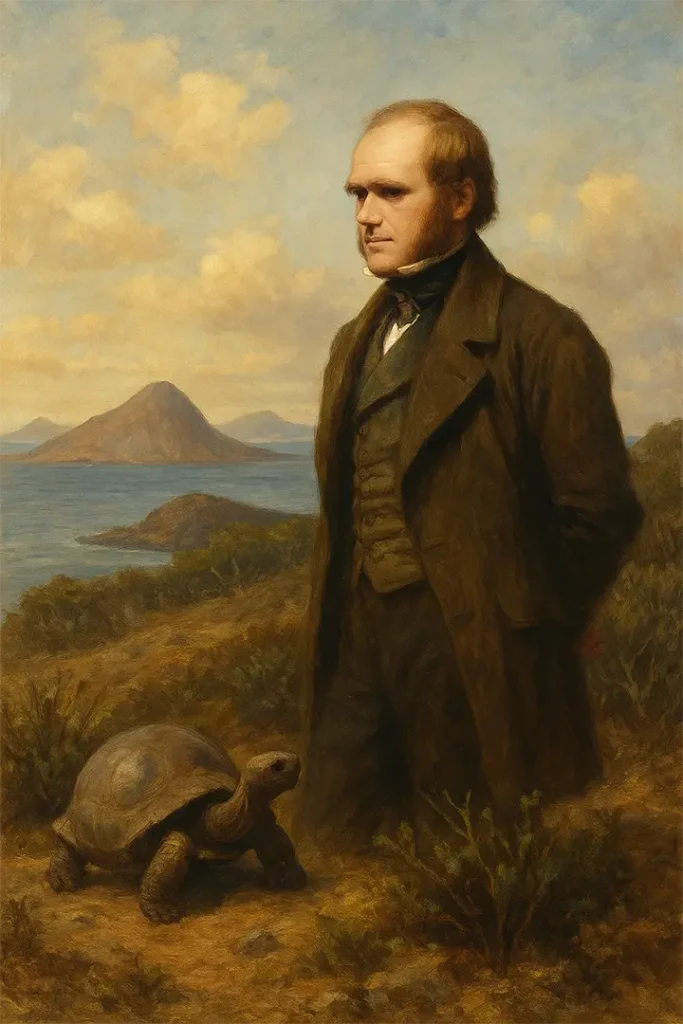
They are fishers who use sustainable techniques. Farmers who grow food on volcanic slopes. Teachers who instill love for nature in the classroom. Young scientists and local technicians who monitor species and restore habitats. Many—like those on the Galápagos Conservancy team—are part of this living history.
It’s a story Darwin didn’t write, but one that continues to sustain life in the archipelago.
A Story Still Being Written
It’s been 190 years since Darwin set foot on these islands. But the story of Galápagos is far from over. Alongside its unique landscapes and irreplaceable biodiversity, there is a living community that is also part of the balance.
A community that doesn’t just observe but acts. That doesn’t just learn—but teaches. That doesn’t just live here but shapes this sanctuary with care and responsibility.
Commemorating Darwin’s visit isn’t just about looking back. It’s about recognizing what’s happening here and now.
The story of Galápagos continues each day in the actions of people facing real challenges—people who work, study, teach, fish, grow, and create, and in doing so, protect what they love.
Their commitment doesn’t come from obligation, but from the deep conviction that conserving Galápagos is an essential part of who they are.
And they are not alone on this path.

Galápagos Conservancy and its partners stand with them, supporting educational, scientific, and social efforts that strengthen the community’s role in conservation. Because only with deep roots and active participation can we build a future in balance.
Because protecting Galápagos isn’t only about saving its biodiversity. It’s about supporting the people who care for it. It’s about recognizing their knowledge, their commitment, and their deep connection to these islands.
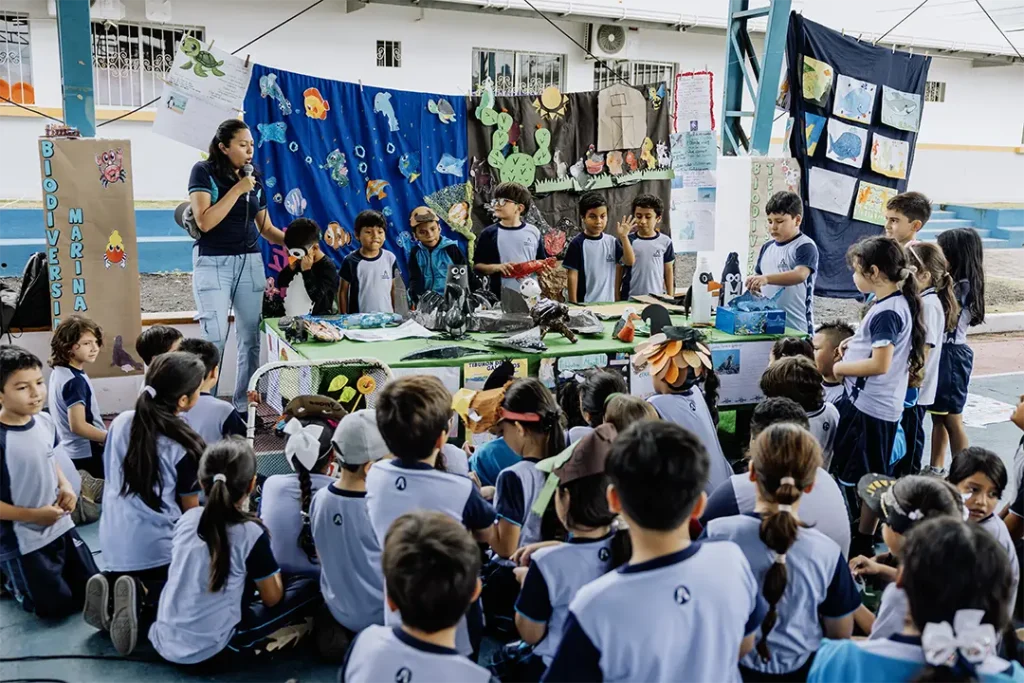
If we want Galápagos to have a future, we must look beyond the landscapes.
We must look to its people—and walk beside them.
Share:
